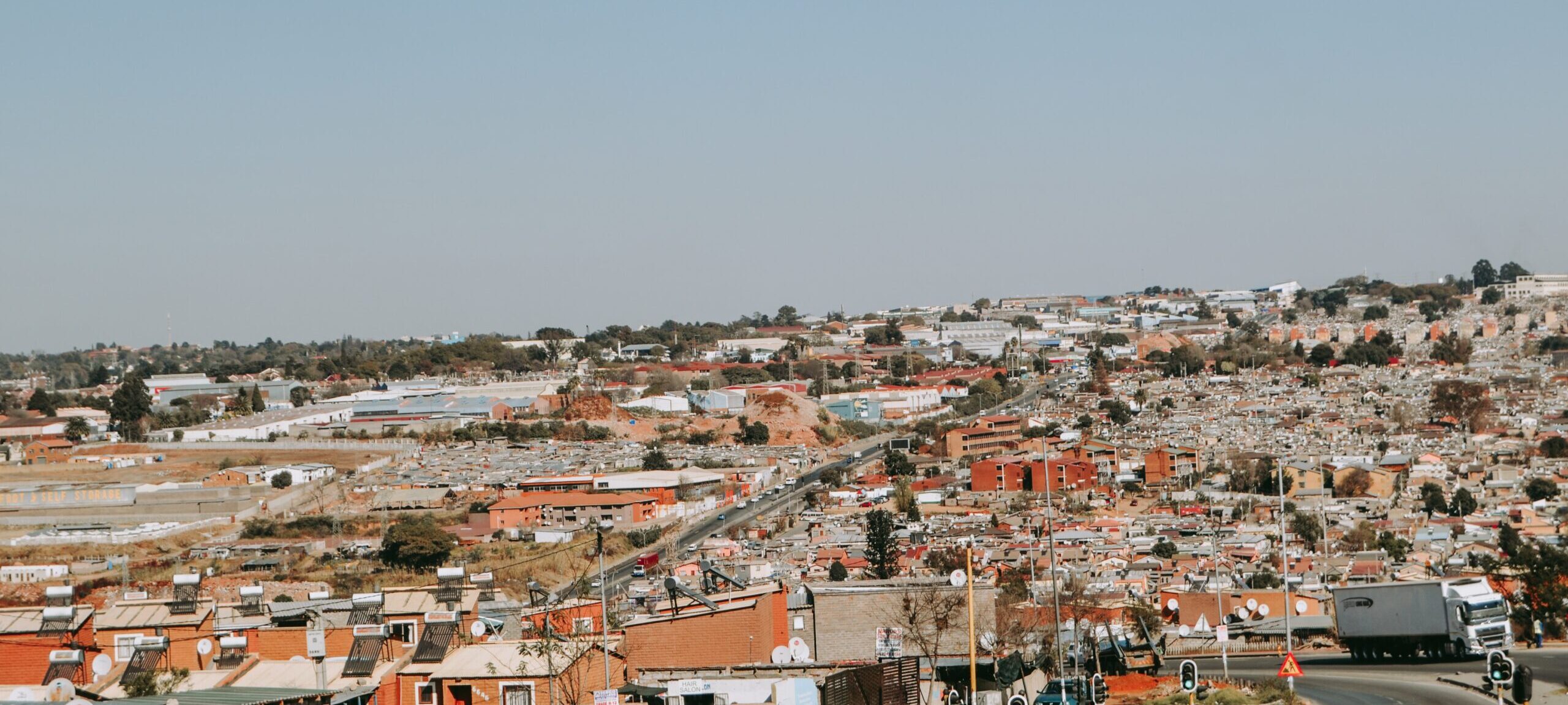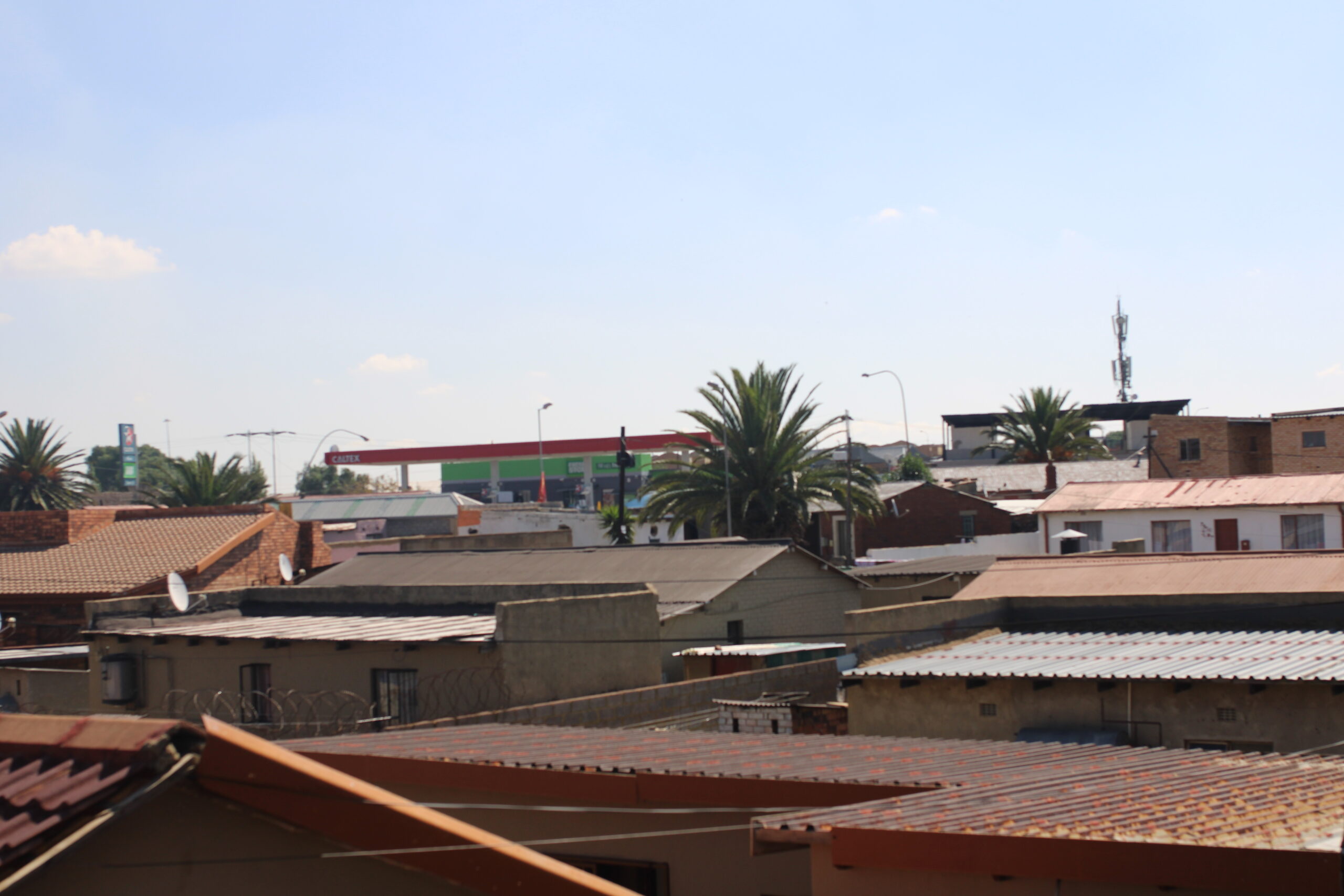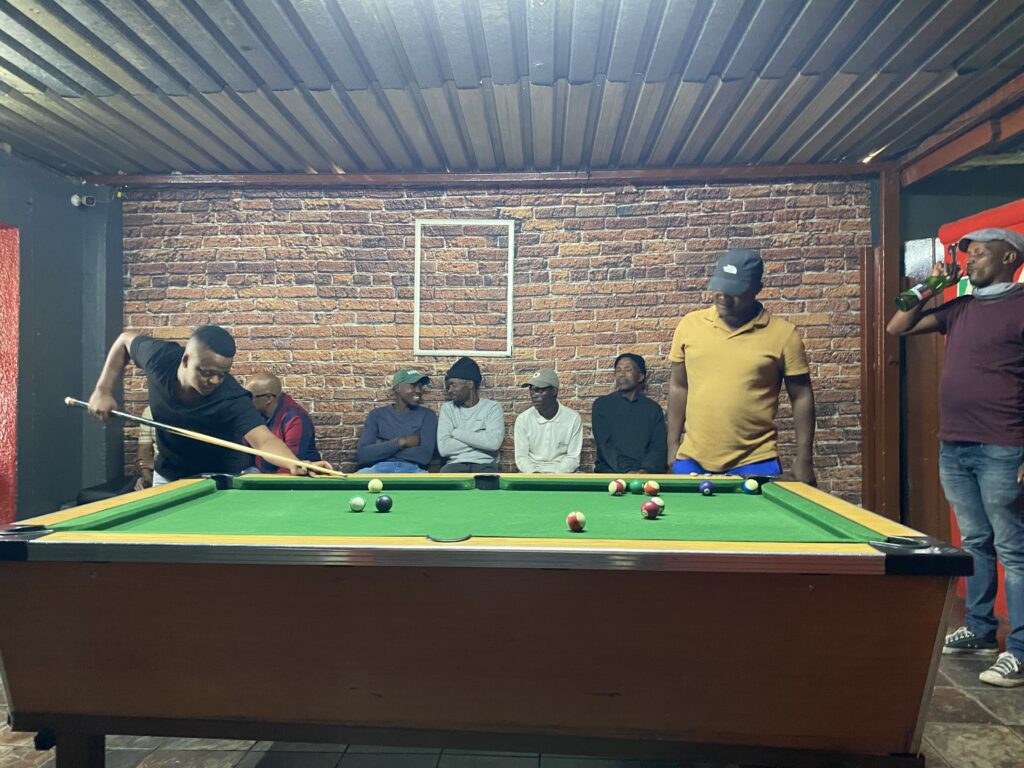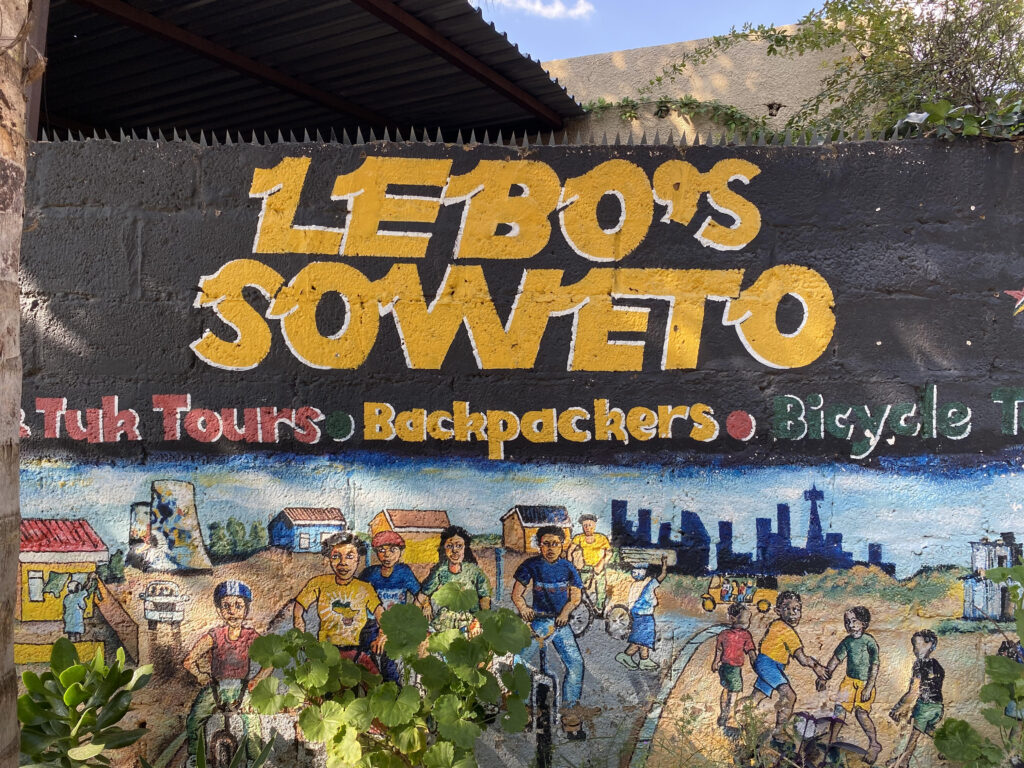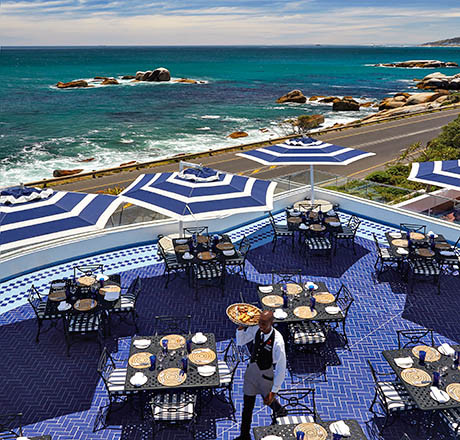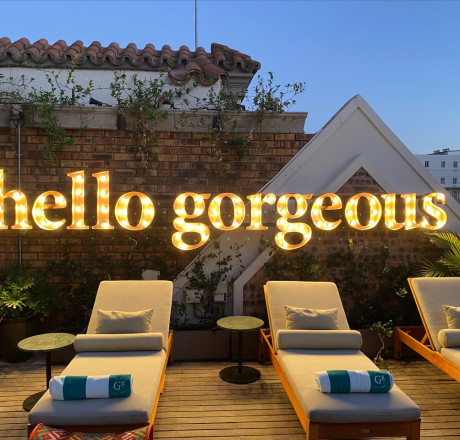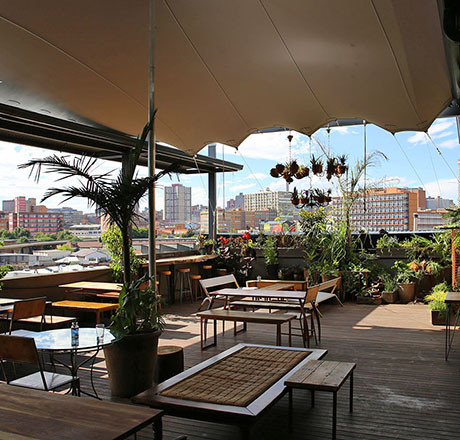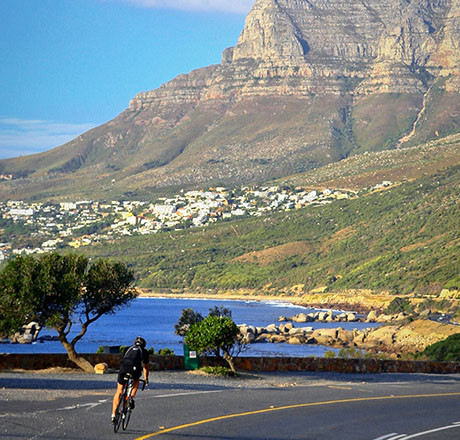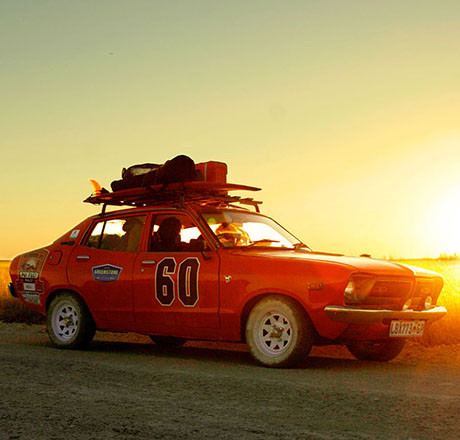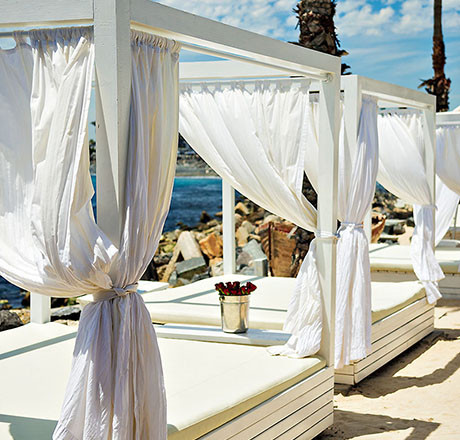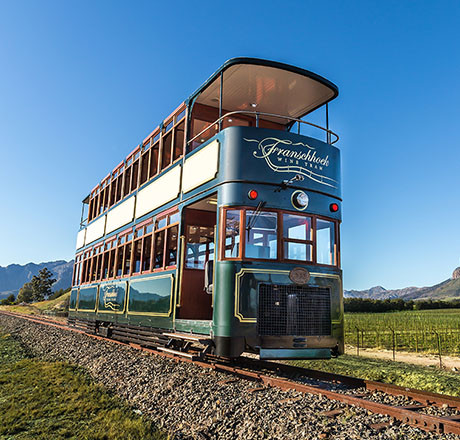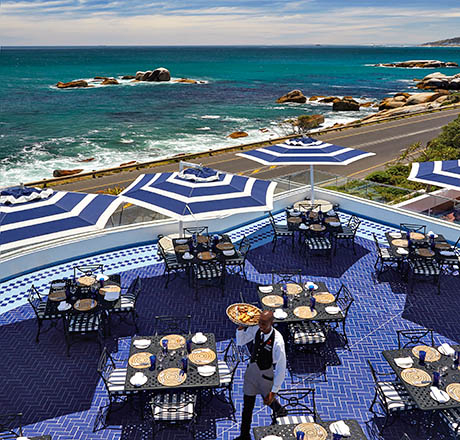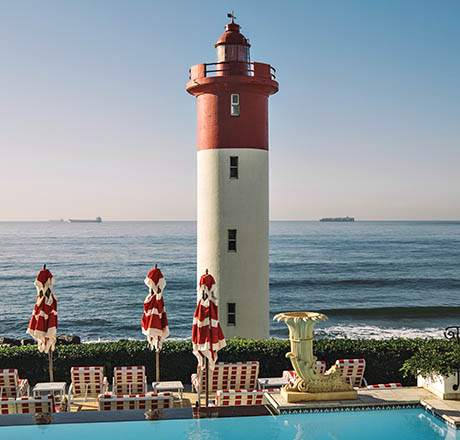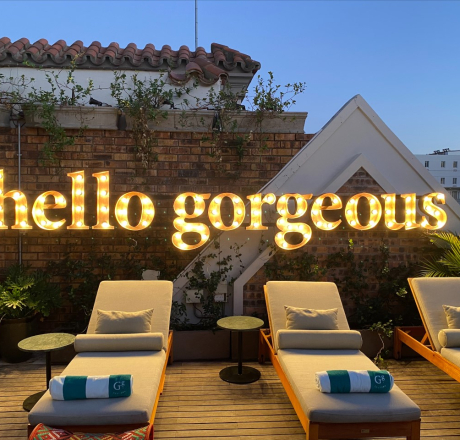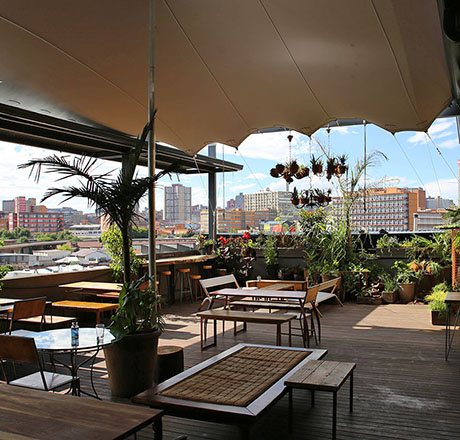South Africa
South Africa
Yebo in Soweto
“Our mothers and fathers told us not to be bitter, but to be better. That is what we are trying to do here in Soweto.”
So says Xhosa man Lungile, born and bred in Soweto, South Africa, a place quite like nowhere else. He’s referring to years of prejudice suffered by the coloured people of his country during the apartheid era, and the road ahead for his famed township.
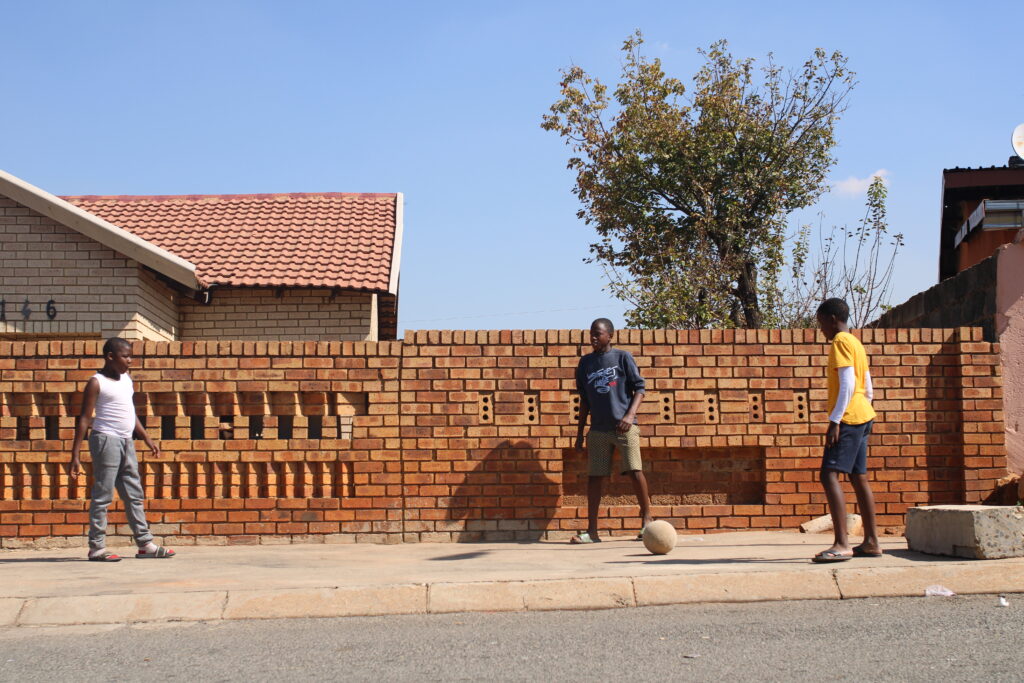

A township in South Africa is regarded as an urban residential area of, historically, coloured people. Soweto is the largest of these. Situated on the Western outskirts of Johannesburg, no less than 1.5 million people cram into just 200 square kilometres of ramshackle homes characterized by tin sheds, tiny laneways and low-budgets. From the moment you enter the area you are hit with an onslaught of waves, shakas and happy ‘yebos’ – a Zulu word that roughly translates to ‘all good’. Occasionally you’ll be hit with a double yebo - ‘yebo yebo’ - which I assume to mean really good. I returned these with a triple yebo and single shaka combo, which was frowned at.
As we approach the region’s outskirts I see a group of Shamba churchgoers, dressed immaculately in all-white, singing and dancing at an outdoor roadside church. Driving through the township’s beginnings we find what were previously all-female dormitories on our left, and the former men’s mining houses on our right. The dorms are tiny; if they were an apartment in Melbourne it would be described as a cramped one bedroom apartment. We’re told nine men filled each during the mining boom in the early 20th century.
Soweto’s origins trace back to 1904, when South Africa’s coloured people were forcibly removed from the city’s centre. A white landowner begun allowing Johannesburg’s people of colour to stay on their land, where they would sleep before making the 20km or so journey each day to mine for gold.
Lungile breaks into song more than once, singing the song Shosholoza – a song with a mixture languages which has become South Africa’s unofficial anthem.
“Every our grandparents and great grand-parents, they would make the journey into the mines,” says Lungile.
“And every day they would dig for gold, and it was gold that they knew they would never be able to see or spend for themselves. It would never be seen at their dinner table.
“The song is about sticking together through these tough times, a show of solidarity, for one another. They would sing it to each other on their way into the mines.”
He and another guide say are adamant they aren’t good singers, but their sudden melodies are soulful and effortless, and enough to make the hairs on the back of my neck stand up.
One street, two legends
The suburb of Orlando features the giant Orlando Stadium – the 40,000-seater football stadium that was packed out for the funerals of legendary female activists Winnie Mandela and Lilian Ngoye. It was to this stadium that students marched in 1976, protesting Govenrment implemented changes that barred non-Zulu languages at schools.
Not far away is the Kaizer Chief’s FNB Stadium, where 95,000 people packed in for her husband Nelson’s funeral. Mandela grew up down the road in Orlando West, on the famed Vilakazi Street. It is famed as the only place in the world where two Nobel Peace Prize winners (Mandela and Desmond Tutu) grew up on the same street.
The townships are separated into higher, middle and lower-class areas.
Reverand Frederick Modise Road separates the separate townships of lower and middle-class. The middle-class is hardly that; the homes are packed tightly together, like the eight or nine men I see crammed into the back of a Ute cruising along the road. These are rickety cubes with a door, some with or without running water and a toilet. The only discernible difference between upper and lower is the presence of paved roads, and streetlights. In both areas are hundreds of miniature barber shops, vegetable stalls, tiny ‘casinos’,corner shops and Shebeens – a type of drinking house of considerable modesty initially set up as an alternative to pubs and taverns. In the latter-half of the 20th century Shebeens played a critical role as a meeting place in opposing the racist apartheid regime.
Nowadays they are much more laid back…and on this day, they are like the rest of Soweto: absolutely lit. A game of pool takes place in the back corner as loud Afro-beat blares from the speakers. We drink beer and they come from all corners to welcome us. Discussion too, is at all corners: a man named Mzamo informs me he’s a teacher and reels off several impressive off-the-cuff facts about koalas and Australia’s land size. Another wants to talk about the war in Ukraine, another about Liverpool Football Club. One more wanders off in search of a bottle opener (and my beer) and returns shortly after with an open bottle, albeit minus some of the beer.
The place is a hive of activity, but behind the buzz, smiles and avalanche of yebos, there is difficulty. There is significant poverty.
Lungile speaks of a lack of Government support. A new and decent sized block of apartments have been built near where the lower and middle-class areas meet. They are easily the best in the area, but in an area where people are living on top of each other and often without access to clean water in their own homes, they have been empty since they were built 12 years ago due to a disagreement between the Government and the people.
Still, there is hope, and tourism is playing a major part in this. The neighbourhood understands that tourism is a good thing. Travellers seem to understand their role too – for instance, no-one takes photos in the lower-class section, avoiding the temptation to capture poverty as a digital souvenir.
The best place to peel back the layers of this place is Lebo’s Backpackers, which is hostel in name only. It is a four-star accommodation that organises tours by bicycle and tuk-tuk that take in tourist highlights like the house Nelson Mandela group up in, but also workers' hostels, churches and community centers that give a feel for the rhythm of the streets. The tuk-tuks aren’t traditional vehicles but they’re the best for navigating the general mayhem.
Founder Lebo Malepa was considered a trailblazer for the community, bringing visitors to the area and jobs to the people. Such was his commitment to his own neighbourhood, he had ‘SOWETO’ tattooed across his arm. Ask anyone, big or small around the area if they have heard of Lebo, and you’ll be met with a “Ahhh I know Lebo, yebo, yebo.” A mural is painted of the man is on the wall outside the backpackers he started.
Sadly, this beacon passed away of COVID late last year, aged just 46. And while his death was a major blow for the community, his energy and direction has cleared a path for future generations of this extraordinary neighbourhood.
Words Tim McGlone
Photos Tim McGlone
Tags: south africa, Soweto, Township
 (
(
